Successful people analytics strategies take talent acquisition to the next level. However, there are many misconceptions about people analytics, so we decided to set the record straight.
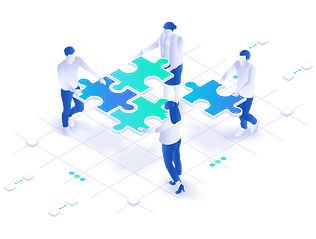
Myth #1: People analytics reduces people to their data
Truth:
As talent leaders have adapted to interpret labor market data to better identify new opportunities, improve predictions and make more strategic decisions, it's been suggested that the focus has shifted away from the humans who do the work to the data on what they do. Here's the truth — people analytics allows companies to focus on both business and employee needs. People analytics can also improve workplace culture, reduce bias and improve performance by offering talent leaders the opportunity to truly know their employees' professional needs and cater to them accordingly.
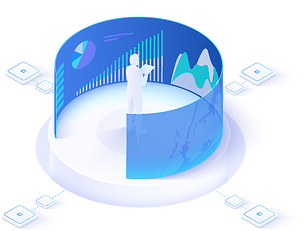
Myth #2: People analytics facilitates employee surveillance
Truth:
While employee monitoring includes digital tools to track work, performance and behavior, people analytics technology capabilities go far beyond the measurement of activity. People analytics data, when analyzed correctly, empowers companies to improve processes and practices to help generate efficiencies and, ultimately, increase bottom line. More visibility benefits everyone. For example, it allows employers to better understand if compensation is fair, or if it needs to be raised based on output. In turn, this can improve morale and retention. After all, happy employees are more likely to stay.
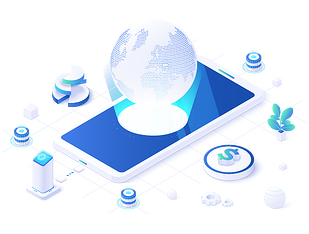
Myth #3: People analytics only benefits HR
Truth:
The entire business benefits from people analytics — not just HR and talent acquisition. We've long known people analytics can improve recruiting efficiency, but it can also halve attrition rates, research from McKinsey revealed. Though HR, talent acquisition and talent management teams may feel they benefit most from people analytics, the wider workforce will feel the impact of smarter business decisions across the organization. This comes in the form of offering competitive compensation and total rewards packages, stabilized employee workloads and reduced employee turnover over time.
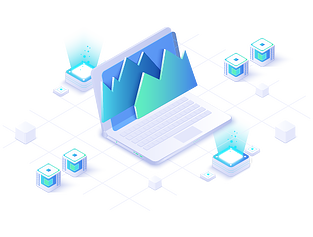
Myth #4: You need to be a data expert to understand people analytics
Truth:
People analytics can be showcased in easy-to-read dashboards that give talent leaders multiple insights at a glance. With the right software, anyone can easily visualize trends, request talent reports based on specific criteria and understand how to adapt their business strategy to the data. Today’s people analytics technologies do the data compilation and users need only interpret meaningful insights presented in digestible formats.
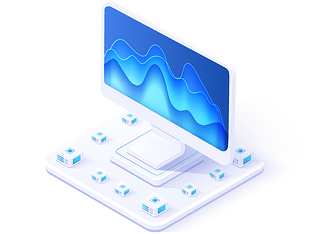
Myth #5: There’s too much data to analyze
Truth:
People analytics can seem daunting due to the sheer number of data points involved, but you don’t need to analyze all the data you collect. Instead, it's better to concentrate on the insights that matter most to your business. People analytics technologies that can pull unique search queries of data for review saves budding analysts the trouble of sorting through multiple reports lacking the necessary insights.
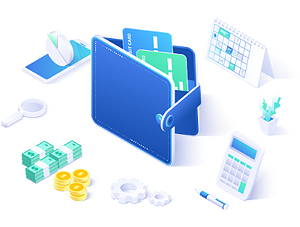
Myth #6: People analytics costs a lot of money
Truth:
People analytics should be viewed as a worthwhile investment. Though often labeled expensive, people analytics can be cost-effective. The ability to forecast changes in the labor market can significantly decrease future costs associated by:
- helping to increase employee retention
- simplifying onboarding
- optimizing training and development
- increased diversity
In summary
People analytics is setting the standard for exceptional hiring practices all over the world. The ability to understand pertinent data surrounding the labor market, business competitors and compensation trends (to name just a few) is a game changer in today’s talent industry. Investing in people analytics not only benefits talent acquisition teams but the wider business.
Learn more about people analytics technologies now.
